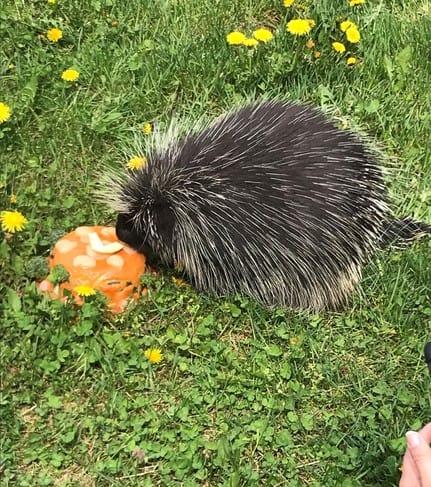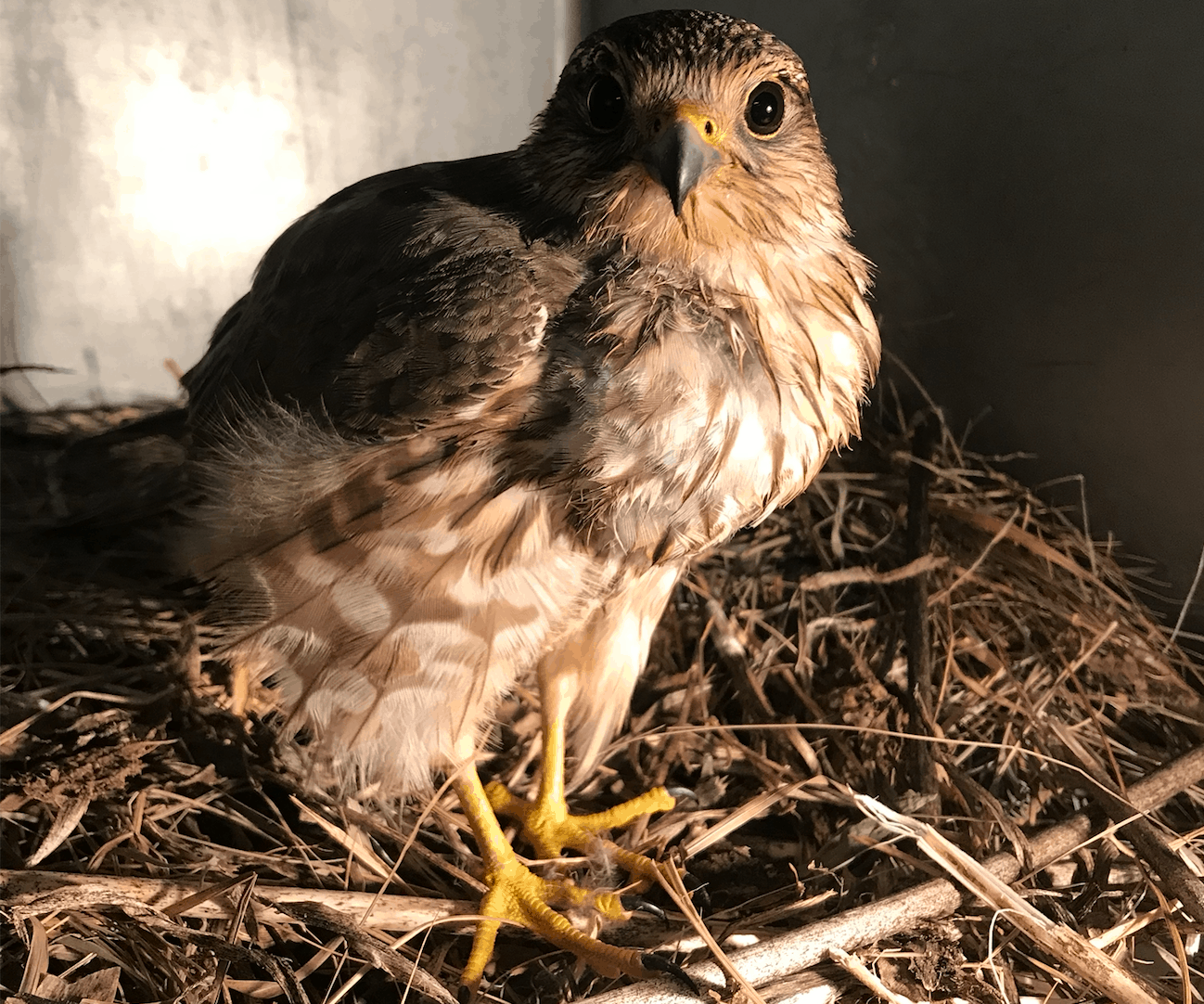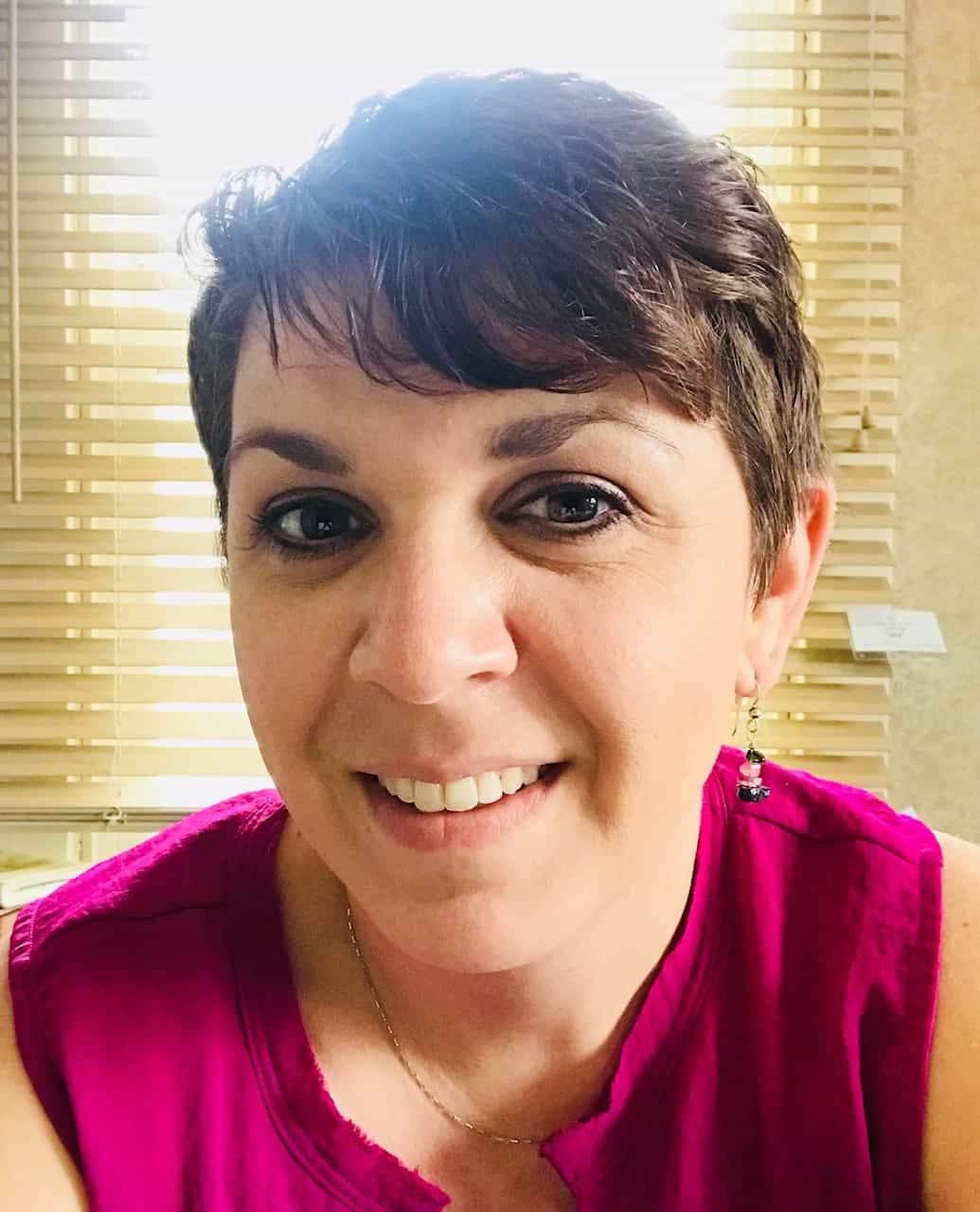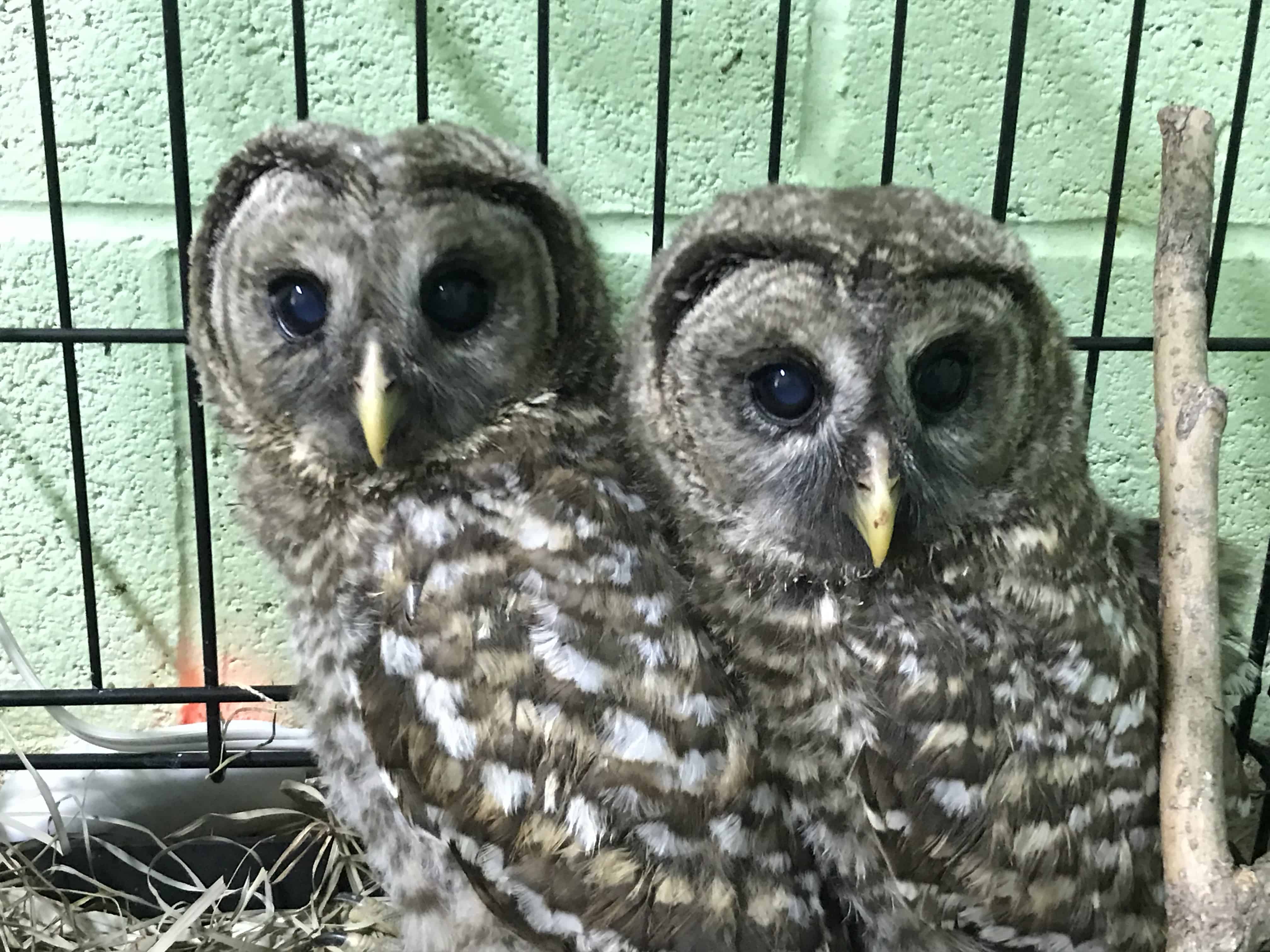

Since March of 1997, the Humane Animal Rescue in Verona, PA has been providing a solution for Western Pennsylvanians who encounter injured or abandoned wildlife. The Rescue's Wildlife Center, which treats and rehabilitates injured and orphaned wild animals, has helped over 4,000 animals this year alone under the leadership of Jill Argall, who is the director of the Wildlife Center and humane education department.
Argall, who manages everything from licensing to budgets, says that there's no "regular" day at the Wildlife Center. "The number and types of cases we get change on a yearly basis depending on the weather and what food sources are available," she says.

"One year, there's a lot of acorns, and the next year we have a lot of squirrels coming in because more food means that animals feel more comfortable mating. Or if we have a wet year, we get lots of animals coming in due to flooding -- the water makes trees come down, which then destroys the nests that were in the trees."
The busiest season for the center happens between the end of March and the beginning of October, when mating and migration season are at their peak. The work of the staff and volunteers doesn't just involve treating the injured animals, either. "People would be surprised at the lengths we go to so the animals stay wild," says Argall. "We cover their cages, we wear ghillie suits to make us look like bushes so they aren't seeing a human form come at them. We don't want them to know that people are good."

Argall and the other staff take the welfare of the animals seriously and take every possible measure to ensure that every creature that comes into the Center is able to be released back into their natural habitat. "We're a hospital, not a zoo," she says, mentioning that many would-be visitors are surprised that they can't just come in and take a tour of the Center. "These are patients. We don't name them. When we get an adult animal, we release it back where it came from. When we get babies, we follow the same cycle that mom would follow."
Argall emphasizes the importance of humans interacting with wildlife only when absolutely necessary and says that many well-meaning people bring in baby animals that are better off left alone. For example, mother rabbits and deer usually wander off from their young and visit them only a few times a day, but many people assume that the babies are orphaned when they see them on their own. Baby birds who haven't yet learned to fly are also commonly found hopping along on the ground and assumed to be in distress even though their mom is usually nearby watching over them.
To ensure that both humans and critters are kept safe, Argall implores everyone to read up on the Center's tips for bringing in an injured animal, which include always using gloves and never feeding an animal commercial food or cow's milk, which can make them sick. She also wants people to recognize that every animal (even the ones we may consider "pests") has an important role in the ecosystem. She uses opossums as an example: many people think of them as vermin, but they actually eat ticks that can spread Lyme disease.
The Humane Animal Rescue has made a massive impact on the local ecosystem, having helped nearly 35,000 animals since it opened. But to continue its important work, it needs the public's assistance. If you want to help, Argall recommends checking out the Wildlife Center's wish list. You can also ask your property to be considered as a designated release site, and knitting and crocheting enthusiasts can put their expertise to work by creating nests for birds in need.
To learn more about the Wildlife Center and the Humane Animal Rescue, visit their website.
"*" indicates required fields